Zecharia Sitchin - The Earth Chronicles Handbook: A Comprehensive Guide to the Seven Books of The Earth Chronicles
Here you can read online Zecharia Sitchin - The Earth Chronicles Handbook: A Comprehensive Guide to the Seven Books of The Earth Chronicles full text of the book (entire story) in english for free. Download pdf and epub, get meaning, cover and reviews about this ebook. year: 2009, publisher: Inner Traditions/Bear & Company, genre: Religion. Description of the work, (preface) as well as reviews are available. Best literature library LitArk.com created for fans of good reading and offers a wide selection of genres:
Romance novel
Science fiction
Adventure
Detective
Science
History
Home and family
Prose
Art
Politics
Computer
Non-fiction
Religion
Business
Children
Humor
Choose a favorite category and find really read worthwhile books. Enjoy immersion in the world of imagination, feel the emotions of the characters or learn something new for yourself, make an fascinating discovery.

- Book:The Earth Chronicles Handbook: A Comprehensive Guide to the Seven Books of The Earth Chronicles
- Author:
- Publisher:Inner Traditions/Bear & Company
- Genre:
- Year:2009
- Rating:4 / 5
- Favourites:Add to favourites
- Your mark:
The Earth Chronicles Handbook: A Comprehensive Guide to the Seven Books of The Earth Chronicles: summary, description and annotation
We offer to read an annotation, description, summary or preface (depends on what the author of the book "The Earth Chronicles Handbook: A Comprehensive Guide to the Seven Books of The Earth Chronicles" wrote himself). If you haven't found the necessary information about the book — write in the comments, we will try to find it.
Offers easy access to the myriad characters and subjects covered by the seven books of The Earth Chronicles series
Provides alphabetical listings to the terminology of ancient civilizations concerning their gods, kings, cultures, and religions
Contains detailed summations, commentaries, and instructions for locating topics within all the authors books
The Earth Chronicles series, a historical and archaeological adventure into the origins of mankind and planet Earth, began with the publication of the bestselling The 12th Planet. The series is based on the premise that the myths from the worlds earliest civilizations were in fact recollections of actual events and that the gods of ancient peoples were visitors to Earth from another planetthe Anunnaki, inhabitants of the 12th planet. The series books include The 12th Planet, The Stairway to Heaven, The Wars of Gods and Men, The Lost Realms, When Time Began, The Cosmic Code, and The End of Days, all products of the authors unmatched study of the ancient records of Sumer, Babylonia, Assyria, Israel, and Egypt and the civilizations of pre-Columbian America. Unearthing the hidden history of Earth and mankind, the series uses the past to unveil the meaning of the prophesied future.
Zecharia Sitchin has created an encyclopedic compendium of the key figures, sites, concepts, and beliefs to provide a unique navigational tool through this entire opus. Entries are coded to indicate at a glance their cultural origin and contain summations, commentaries, and guidance for locating the topics within all of his books, including Genesis Revisited, Divine Encounters, The Lost Book of Enki, The Earth Chronicles Expeditions, and Journeys to the Mythical Past.
Zecharia Sitchin: author's other books
Who wrote The Earth Chronicles Handbook: A Comprehensive Guide to the Seven Books of The Earth Chronicles? Find out the surname, the name of the author of the book and a list of all author's works by series.

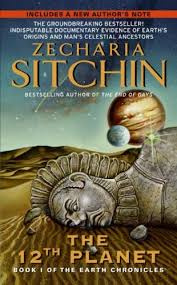
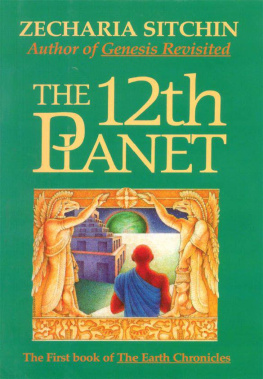
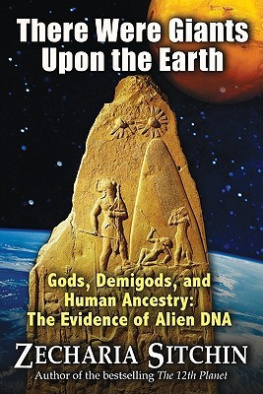
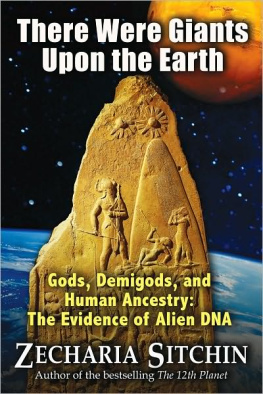
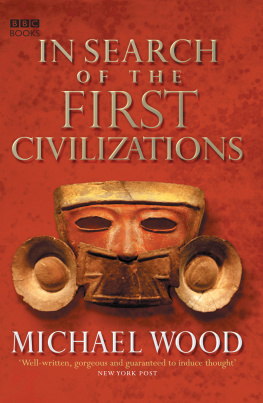
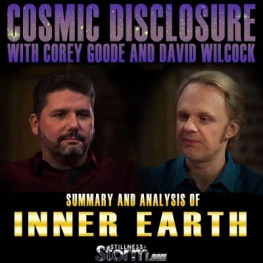
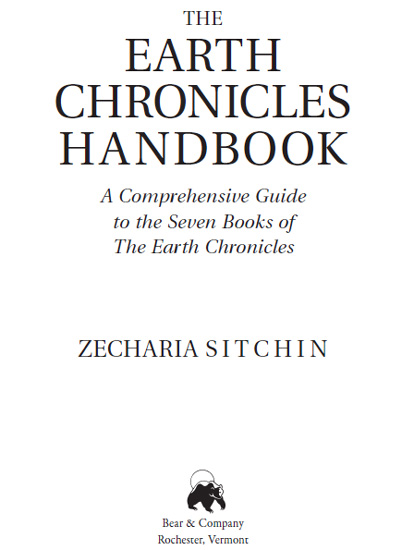

 Aaron: The brother of Moses who started the Jewish priestly line at the time of the Exodus.
Aaron: The brother of Moses who started the Jewish priestly line at the time of the Exodus.